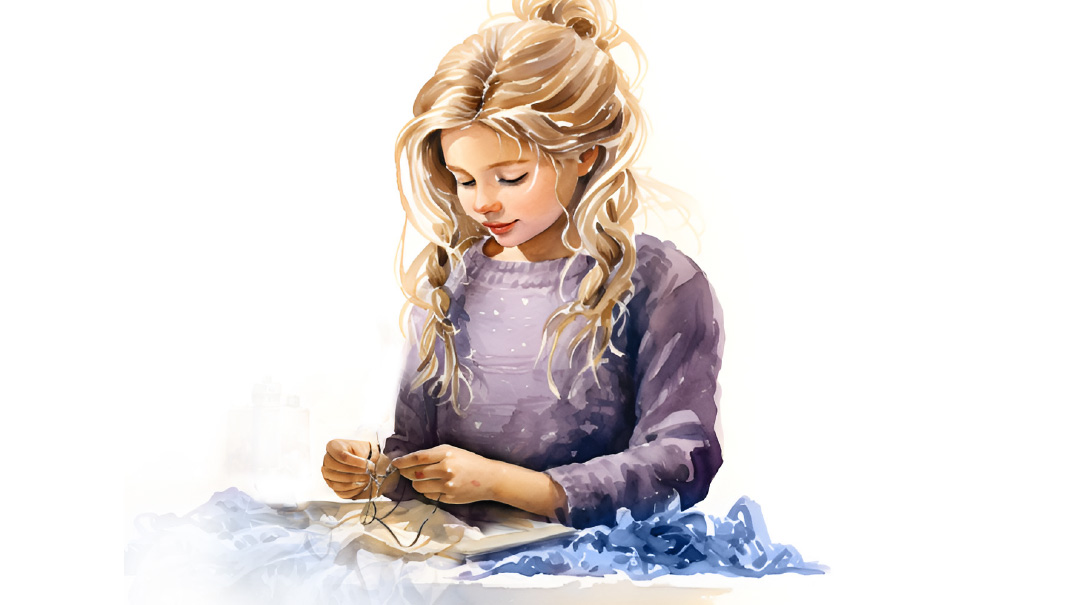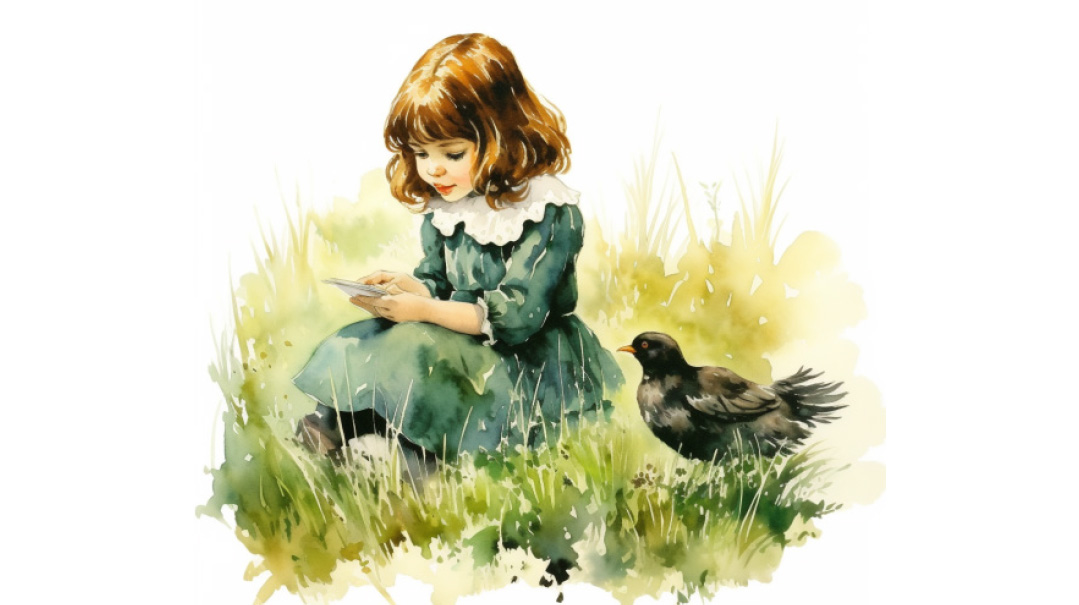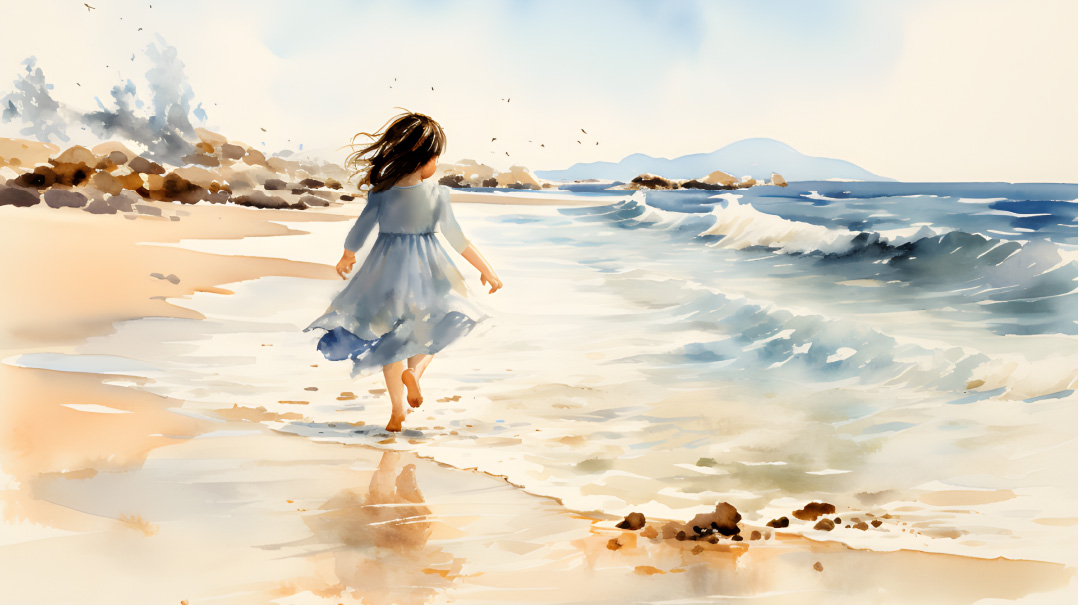Wheels of Time
| August 1, 2023Then one day, it happened! A cow broke through the fence, and kids fled in every direction
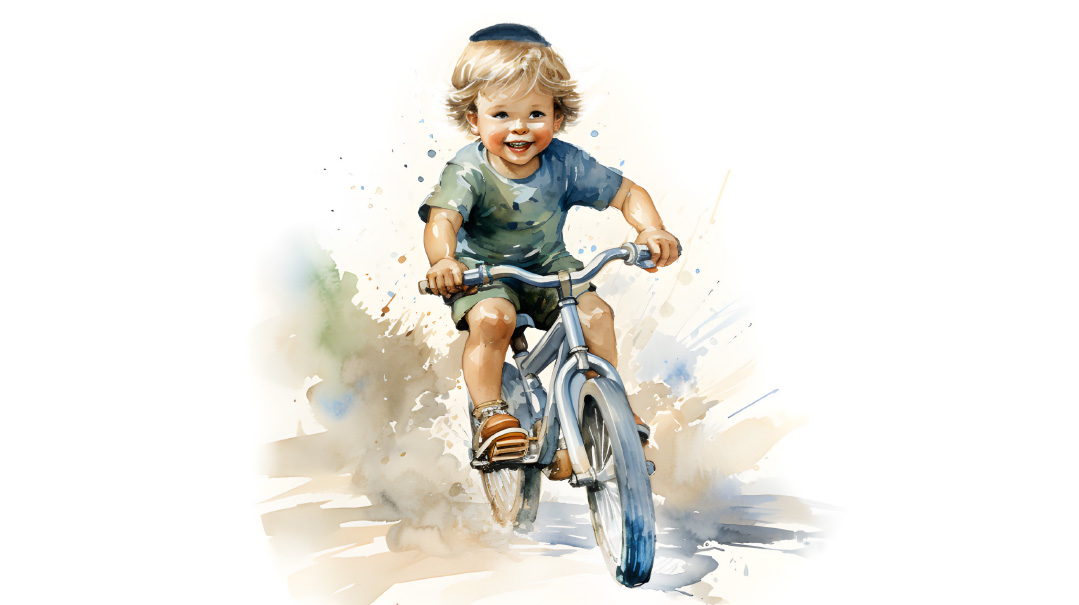
Trigger: My bicycle
Location: Replansky’s bungalow colony in New York’s Catskill Mountains
I
t’s July, and I’m in the city. Like most days, I daven early, have a quick breakfast, and head to the shed for my bicycle.
Helmet — check. Water bottle — in the holder. Sunglasses — in place.
I mount my bike, and then I reset my bike’s computer so I can calculate this ride’s mileage. With each rotation of the wheels, a magnet attached to the spokes will send my average speed to a sensor. I’ll glance at the display on my handlebar periodically to see if I’m improving my average during this ride.
But before I take off, I pause.
What am I doing here? It’s summer. I belong in the bungalow colony.
I shake myself back to the present, and slowly ride down the driveway to ease onto the street. Then the revolutions of my wheels speed up, and with them, I am transported back in time, to my family’s car, with my father in the driver’s seat as we head up to Replansky’s Bungalow Colony for the summer.
I’m no longer on Jarvis Avenue.
Instead, we’re cresting the top of the hill on Henry Houghtaling Road, and the red barn — my landmark — appears. A few hundred feet past the barn, the main house comes into view. Our car, laden with cardboard boxes roped to the roof and topped with our bicycles, pulls up in front of the bungalow.
I get my first glimpse of Replansky’s: good, nothing’s changed. As soon as my father unloads the bikes and they’re on the ground, my older brother Moshe and I are off. Freedom!
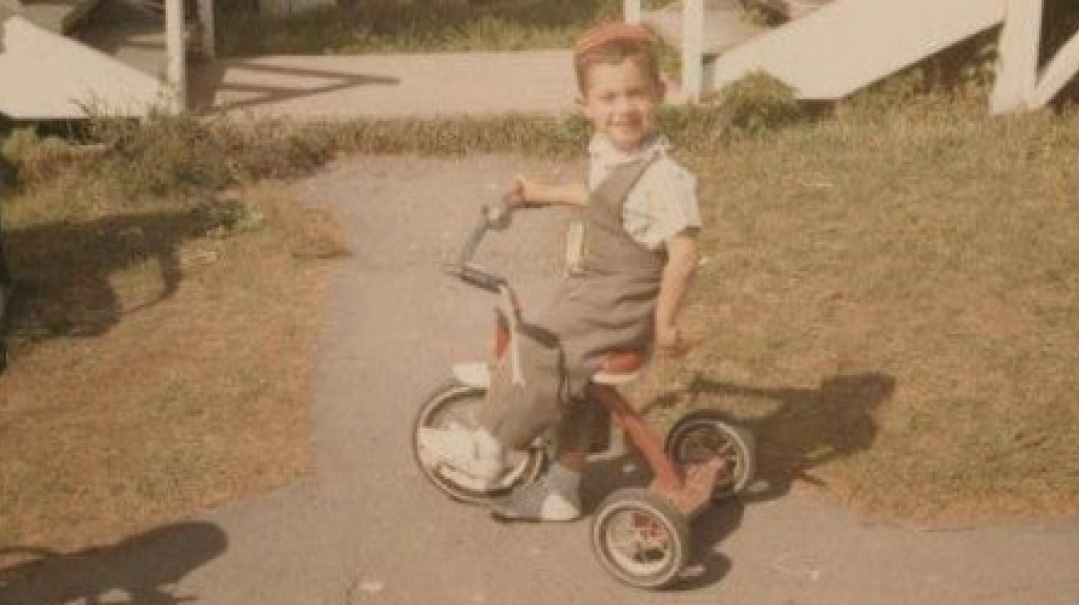
Me on my tricycle in Replansky’s, in 1966
L
ike many of the Catskills colonies, Replansky’s was named after its owners — my Great Aunt Esther and Uncle Mike Replansky. Uncle Mike, a gentle giant, and Aunt Esther, small in stature, were immigrants from Europe, well past middle age ever since I knew them.
Situated between Woodbourne and Loch Sheldrake off Route 52, Replansky’s started off as Uncle Mike’s farm. After building a few guest quarters with screened-in porches, he realized a bungalow colony would be more profitable than an agricultural endeavor. The Replanskys lived there year-round in the only heated unit on the grounds.
Uncle Mike was strong as an ox, and he built everything we needed from his workshop in the basement of the Casino, the bungalow colony’s all-purpose building. The Casino was the day camp base, the bingo room, the shul, and the kiddush and oneg hall. Remnants of the farm permeated the property, nowhere more than in the Casino, where old farming tools, milking cans, and hoes decorated the walls, and where converted wagon wheels and oil lanterns functioned as light fixtures.
The Casino’s walls were also adorned with a collection of receipts from the Hebrew Day School of Sullivan and Ulster County; Rabbi Irving Goodman, its principal (and the rav of Woodridge’s shul) came each summer soliciting funds for the Jewish education of the local youth.
One of my earliest memories is of Uncle Mike digging a huge hole outside the perimeter of the pool to bury old siddurim and other sheimos. Although he himself had little formal Torah education, the respect and honor he gave the holy volumes spoke worlds about where his heart was.
Oops! We could not locate your form.

